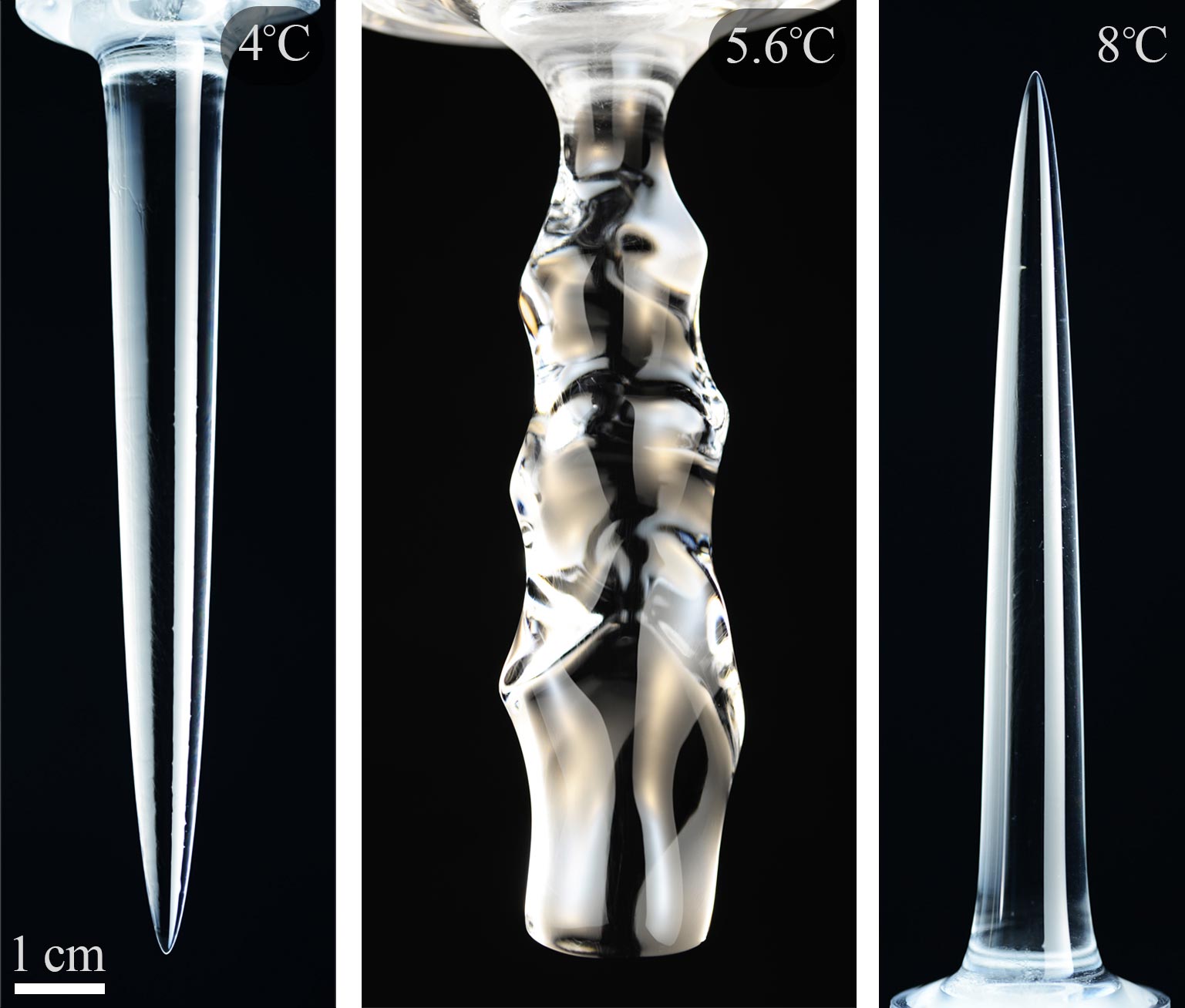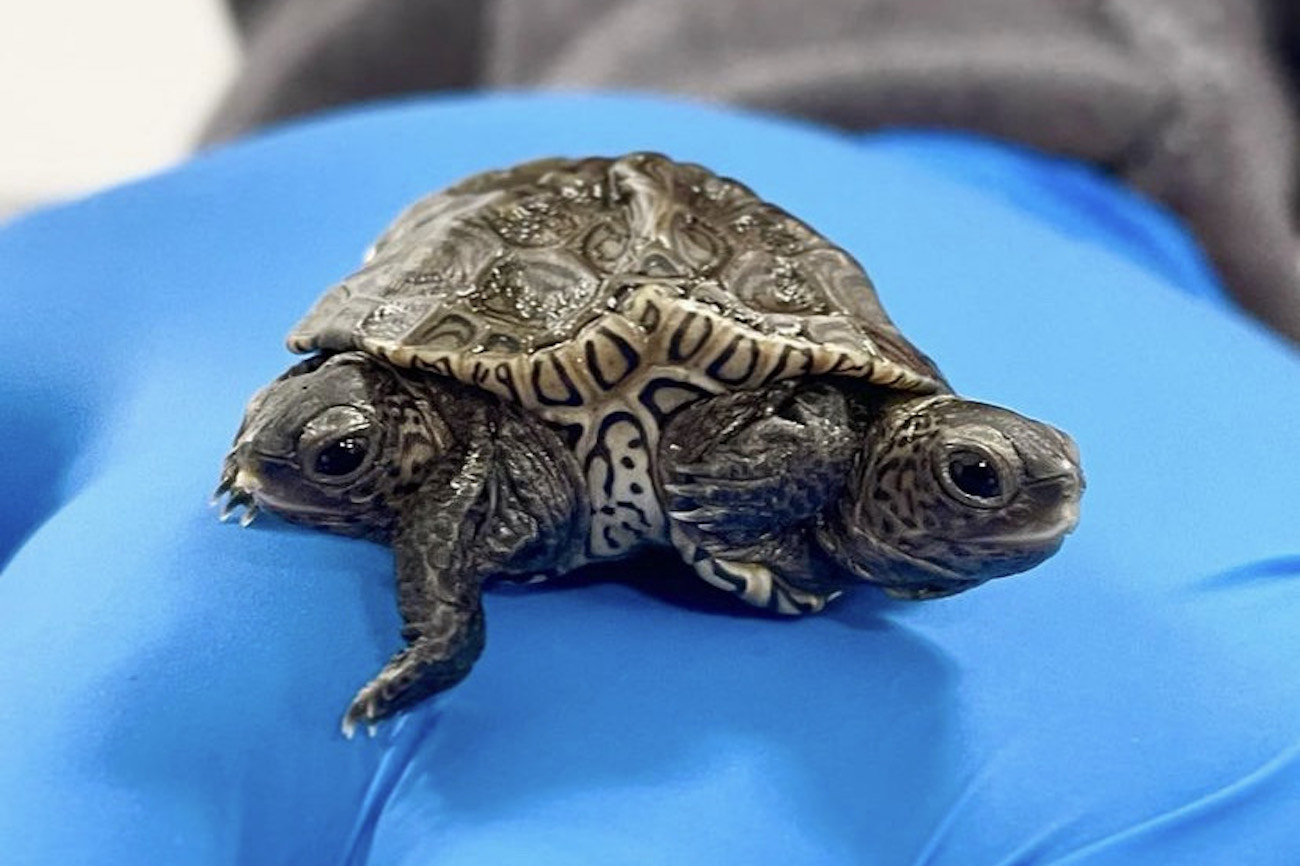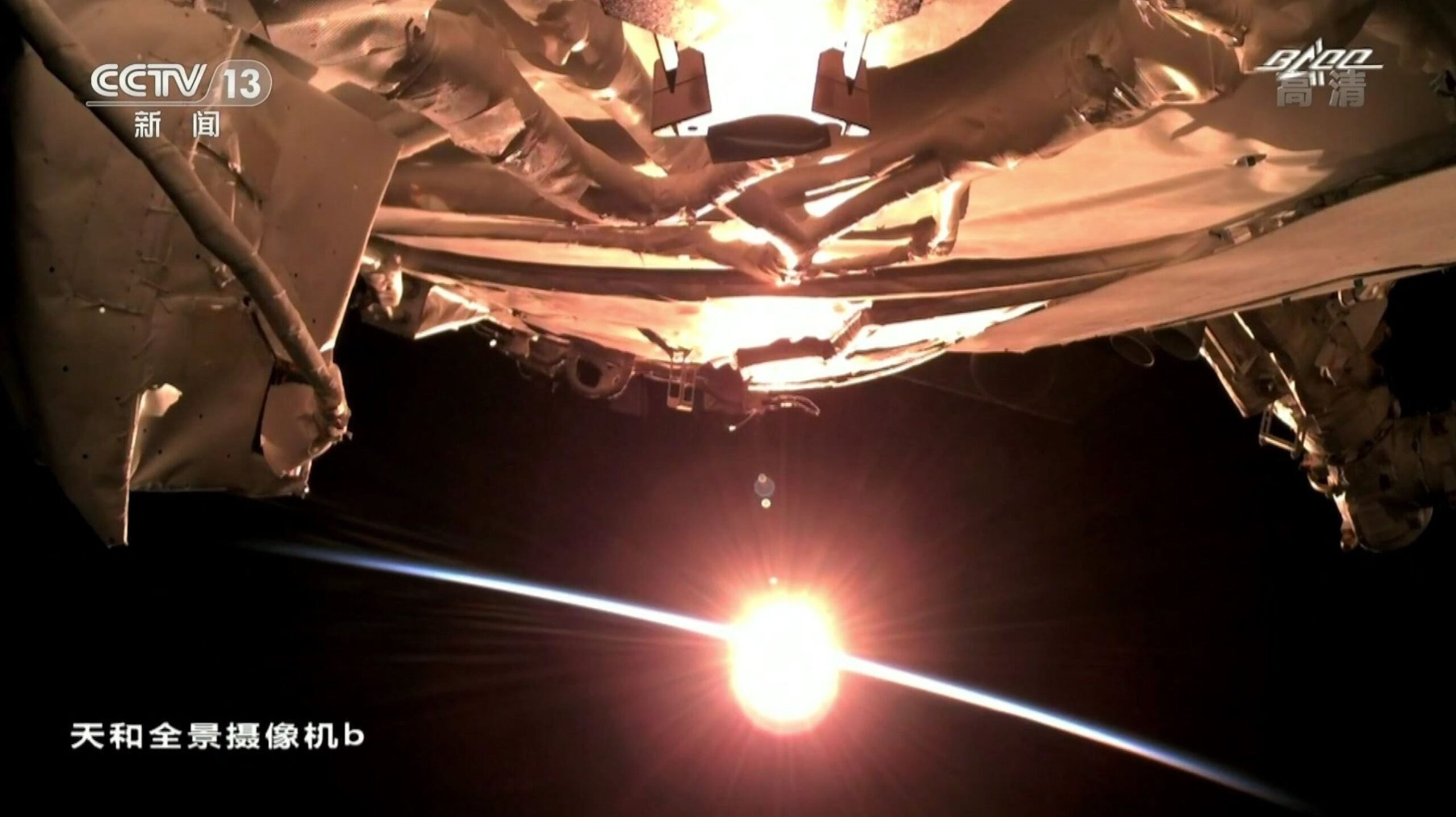SERIES
2021 in Review
By Michael Moyer
December 22, 2021
Puzzling particles, quirky (and controversial) quantum computers, and one of the most ambitious science experiments in history marked the year’s milestones.
One of the first articles Quanta Magazine published in 2021 described a cosmic surprise: A long-puzzling smudge of X-ray light was not, as most believed, a nearby cloud of gas, the remnant of some long-ago stellar explosion. Instead, it was the edge of a truly enormous structure, a bubble that towered over our Milky Way galaxy. The revelation was the product of a unique space telescope that was never designed to find galaxy-size X-ray towers — after all, no one knew they existed. But it keeps with the tradition, going back to when the four Jovian moons materialized in Galileo’s eyepiece, of looking closer, with better instruments, and seeing unimagined spectacles.
In three days, the James Webb Space Telescope is scheduled to launch into space. To find a worthy comparison, we might have to go back all the way to Galileo. Its capabilities are so unlike those of anything that has come before, its powers so vastly superior, that it has the potential to do what Galileo’s inch-wide refractor once did: forever alter humanity’s relationship to the wider universe. Astronomers have a long wish list for what Webb might investigate, as my colleague Natalie Wolchover detailed in “The Webb Space Telescope Will Rewrite Cosmic History. If It Works.” The list includes the first galaxies at the beginning of time and the coruscating skies of Earth-like exoplanets. But everyone suspects it will be the unimagined revelations that Webb will be known for.
Fundamental Particles Aren’t Doing What’s Expected
Given enough time and data, most anomalies turn out to be attractive statistical artifacts, false fodder for physicists’ daydreams. Rare are the hints of new phenomena that stand up to decades of investigation. But this April, physicists announced the first results of an experiment designed specifically to chase just such an anomaly, one involving the intrinsic magnetism of a particle called the muon. They found that the experimental value differs from the predictions of the Standard Model of particle physics by a wide margin, confirming an anomaly first hinted at in 2001. The result suggests that there might be extra particles flying around that we don’t yet know about — or, better yet, entirely new physical laws. The result dovetails with decades’ worth of strange neutrino behaviors — results that have led physicists to suggest an entirely new “dark sector” of particles and forces largely inaccessible to us.
Thermodynamic Laws Get Cleverly Evaded
At first glance, a time crystal would appear to violate one of nature’s most sacred commandments: Nothing comes for free. This object, first conceived (in a slightly different form) in 2012, would flip back and forth between two distinct states forever, with no energy lost or gained. (A laser triggers the change, but the time crystal does not absorb any net energy from the laser.) This summer, researchers announced that they had finally created it using one of Google’s quantum computers. In doing so, they forged a novel phase of matter — the first out-of-equilibrium phase, and the first object to spontaneously break time-translation symmetry. That’s in addition to appearing to violate one of nature’s most cherished laws. “The consequence is amazing,” said Roderich Moessner, a co-author on the paper. “You evade the second law of thermodynamics.” Maxwell’s demon would be proud.
Galactic Megastructures Identified
One problem with studying the Milky Way galaxy is that we’re stuck inside it. That makes it hard to tell if a smear on the night sky is a truly enormous galaxy-size structure or a star-size smudge viewed relatively close up. For decades, astronomers assumed that just such a smear was coming from a nearby object — perhaps the remnant of a long-ago supernova. But a recent analysis of X-ray data found a matching smear on the other side of the Milky Way, one that helps to trace out a pair of galaxy-size bubbles 45,000 light-years tall. Astronomers suspect that the bubbles might be evidence of an eruption from millions of years ago — the detritus of a half-eaten cloud of gas that ventured too close to the Milky Way’s supermassive black hole.
Quantum Computing Efforts Confront Controversy
Quantum computing is infamously difficult, as the individual quantum bits (or qubits) that make up a quantum processor are remarkably fragile. That’s why many have been excited about a potential approach to quantum computing that uses sturdy “topological” qubits — quantum bits whose information is inexorably braided into their physical structure. In recent years, various teams of researchers have published papers claiming to have created these qubits in the lab. But now controversy has engulfed the field. Other phenomena can convincingly masquerade as one of these topological qubits, and independent researchers aren’t convinced of anything they’ve seen. Retractions have followed. The field of topological quantum computing still has promise, but the task has shown itself to be even more difficult than researchers first imagined.
Long-Hidden Black Holes Reveal Cosmic Quirks
A new and even more detailed image of the black hole at the center of galaxy M87 has put to rest a decades-old question: How do supermassive black holes, those galaxy-anchoring anomalies, launch jets of matter and energy thousands of light-years into space? The M87 images revealed a powerful spiral magnetic field around the black hole — a key ingredient in a 44-year-old model of jet formation called the Blandford-Znajek process. Researchers this year also made one of the first convincing discoveries of a midsize black hole, one smaller than supermassive anchors but larger than a star-size shell. Equipped with a new search strategy, researchers hope that the 55,000-solar-mass discovery will be the first of many.
Dustin Yellin for Quanta Magazine
Astronomy’s Future Begins to Unfurl
Three decades and $10 billion in the making, the James Webb Space Telescope is scheduled to launch on Christmas Day. For the next month or so, the telescope will perform an intricate and perilous unfolding process as it heads to its distant destination — one far beyond the moon, and beyond any hope of human repair. But if it succeeds — the fingers of every astrophysicist are crossed — it will expose cosmic secrets 13 billion years in the making.
The Year in Biology
Note: This article have been indexed to our site. We do not claim legitimacy, ownership or copyright of any of the content above. To see the article at original source Click Here















